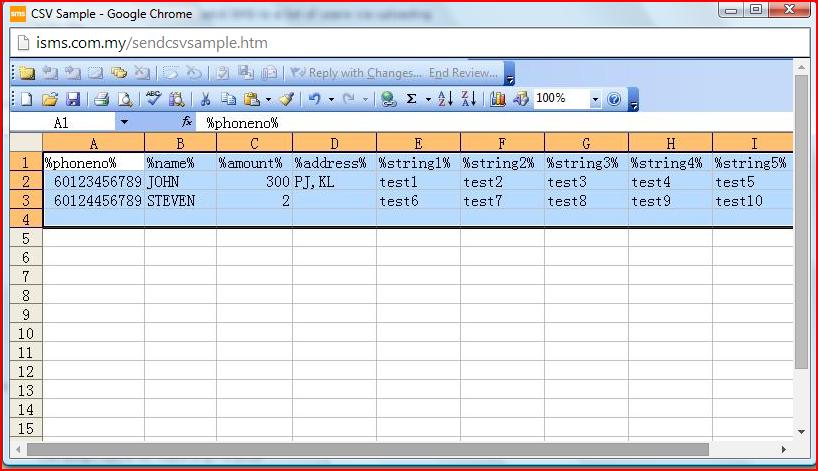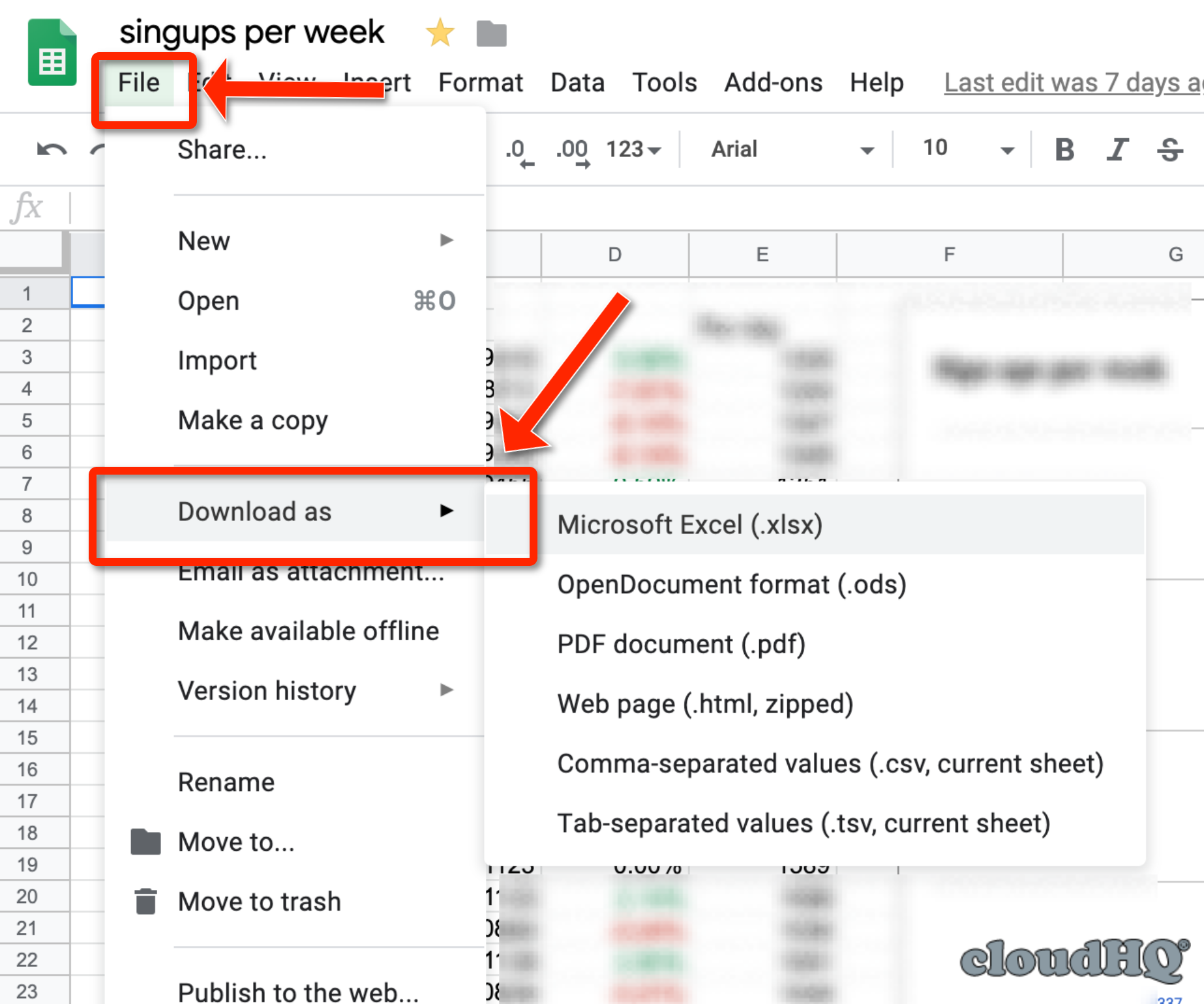


It’s a no-code approach with just a few minutes needed to set things up.Ĭonnect to public datasets and get CSV to Google Sheets - by turning complex CSV files into a pleasant Google Sheets format that you find comfortable to view. Automating CSV import to Google Sheets no longer requires writing any Apps Scripts code. Choose what to import and limit the number of rows if you prefer. Instead, provide a URL and Coupler.io will fetch the latest data for you, as often as you want.Įxport CSV to Google Sheets in a clean format, without the need to adjust your spreadsheet after each import. Don’t upload CSV to Google Sheets manually each time you want to integrate new data. Import CSV to Google Sheets regularly in the blink of an eye, with close to zero manual work from you. Install and load jsonlite using the following code: The install.packages () function downloads the package and the library () function makes the functions and data inside the jsonlite package available to your R session.Why use Coupler.io to auto import CSV to Google Sheets One such package is the jsonlite package which allows you to read a JSON file (what you need to do here). However, if some other symbol or character is separating the data, then we need to input that into R prior to data import. If there are spaces separating the data, then perform simple copy and paste. So one way to get your dataset into R is byįinally, a blank line is entered to complete the data entry procedure. The Magic feature gives you the option to download your table as a CSV. Now let’s talk about how to import data into R. How to import a csv table into R?Ĭlick the “ extract data ” button and automagically you see your data appear: a table of the posts featured on the front page of r-bloggers. When using this method, be sure to specify stringsAsFactors=FALSE so that R doesn’t convert character or categorical variables into factors.

If your CSV file is reasonably small, you can just use the read.csv function from Base R to import it. This tutorial shows an example of how to use each of these methods to import the CSV file into R. Actually, Google Sheets exports to CSV using UTF-8. (äüöß, etc.) are not recognized, i.e., when opening the file in XLS. However, this does not seem to be the case - my German Umlauts, etc. I was assuming that Google spreadsheet exports UTF-8 encoded CSVs. Is the CSV format in Google Sheets UTF-8?


 0 kommentar(er)
0 kommentar(er)
